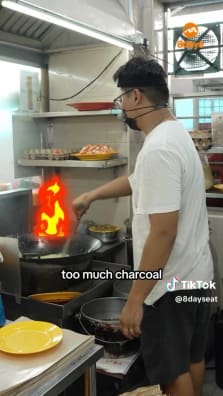The Difference Between Champagne, Prosecco And Cava
All champagnes are sparkling wines, but not all sparkling wines can be called champagne. Confused? Here’s the low-down on three popular bubblies.

Champagne
Most commonly made from a blend of chardonnay, pinot noir and pinot meunier grapes. First fermentation occurs in a steel tank, while secondary fermentation happens in the bottle, which creates the bubbles. During this second stage, the bubbly is left to age for at least 15 months, which includes 12 months or more of contact with their lees (yeast) in the bottle. The lees give champagne its unique biscuity aroma. A bubbly can only be called champagne if it comes from the region of Champagne, in France.
Prosecco
Made from the glera grape in the Veneto region of north-eastern Italy. Unlike champagne, prosecco undergoes secondary fermentation in steel tanks, with no time spent ageing at all. Instead, it is immediately bottled days after secondary fermentation. Thus, it tends to be sweeter or fruitier and less complex-tasting than champagne.
Cava
Lighter in style than champagne but not as sweet as prosecco, cava is a sparkling wine produced in Catalonia, Spain. It’s made from grapes like macabeo, parellada and xarel.lo. Like champagne, it too undergoes secondary fermentation in the bottle, after which it has to be aged for a minimum of nine months on its lees. But, of course, the French won’t let you call it champagne.


















![Boss of Rui Ji chicken rice used to own a tattoo parlour! Talk about a career change! Link in bio to read more
📍Rui Ji Chicken Rice
Blk 93 Toa Payoh Lor 4,
#01-48, S310093
📍148 Beach Road,
#B1-01 The Gateway,
S189720
📍Blk 305 Ubi Ave 1,
#01-179, S440305
[till 16 Apr 2024]
https://tinyurl.com/5dudypkh](https://onecms-res.cloudinary.com/image/upload/s--9s0hbGvI--/c_fit,h_396,w_223/f_auto,q_auto/v1/8days-migration/18015522113203478.jpg?itok=EX3xKSNq)






![We stan a kind-hearted boss with a good heart! 💕 Link in bio to read more
📍Rui Ji Chicken Rice
Blk 93 Toa Payoh Lor 4,
#01-48, S310093
📍148 Beach Road,
#B1-01 The Gateway,
S189720
📍Blk 305 Ubi Ave 1,
#01-179, S440305
[till 16 Apr 2024]
https://tinyurl.com/5dudypkh](https://onecms-res.cloudinary.com/image/upload/s---y3eV-Ts--/c_fit,h_396,w_223/f_auto,q_auto/v1/8days-migration/17999638880322602.jpg?itok=Tiqm3SVR)

